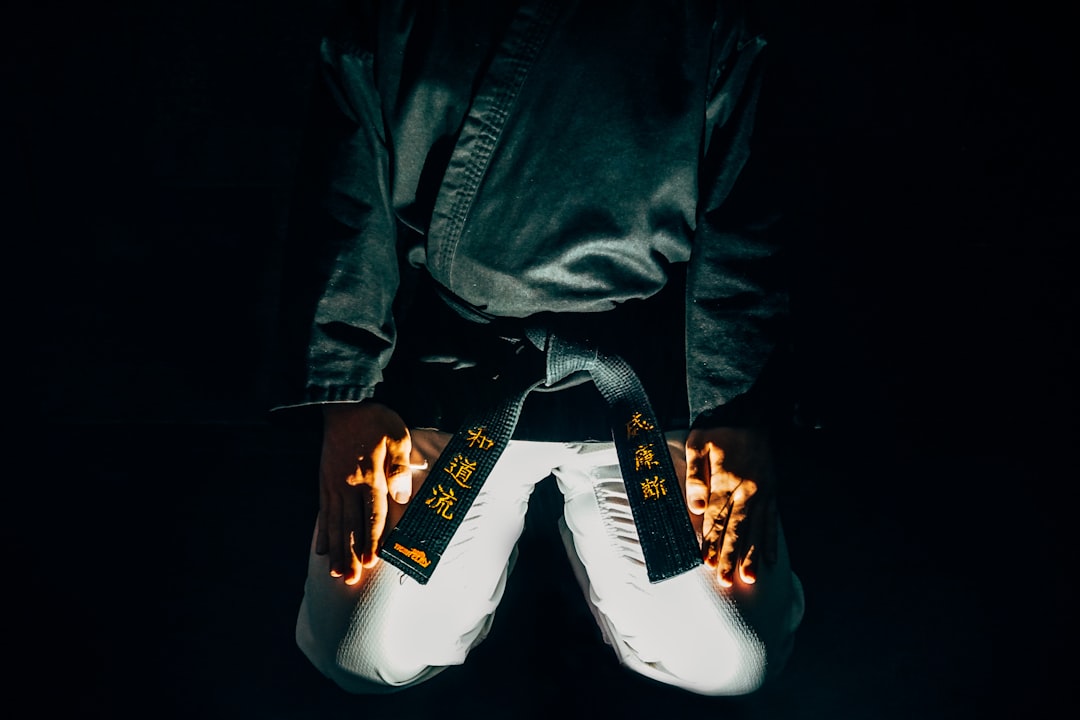Martial arts uniforms, commonly known as 'gis,' are integral not just for their functionality but also as symbols of the discipline, tradition, and respect within the martial arts community. In karate, judo, and aikido, the gi is pivotal to the training experience, embodying the essence of these practices. A traditional karate gi, made from robust cotton or hemp fabric, typically in white, serves to facilitate movement and provide clarity during practice while minimizing distractions with its choice of materials and tailored fit that optimizes mobility without restriction. The white color of the gi signifies purity and humility, reinforcing martial arts' philosophical values. Historically, karate practitioners in Okinawa trained in everyday clothing, but as the art spread globally, there was a need for specialized uniforms that could accommodate its movements effectively, leading to the development of the karate gi with its distinct features. These gis have variations that can reflect rank and affiliation through their color; white often signifying beginners. This exploration delves into the practical and cultural significance of these uniforms, highlighting how they support both the physical demands and the symbolic traditions of karate.
Karate practitioners are familiar with the distinctive garb they don, a critical component of their training and practice. Often termed ‘karate suits,’ these are more commonly known as ‘gis.’ This article delves into the essential role of martial arts uniforms, particularly the gi in karate, and traces their evolution and variety throughout history. Join us as we explore how these garments transcend mere attire to symbolize discipline, respect, and tradition within the martial arts community.
- Understanding Martial Arts Uniforms: The Significance of the Gi in Karate and Beyond
- Exploring the Evolution and Varieties of Karate Suits (Gis) Throughout History
Understanding Martial Arts Uniforms: The Significance of the Gi in Karate and Beyond

Martial arts uniforms, commonly known as ‘gis,’ serve as more than mere attire for practitioners; they represent tradition, discipline, and respect within the martial arts community. In karate, as in other disciplines such as judo and aikido, the gi is a key component of training, embodying the essence of the practice’s philosophy. What differentiates a karate gi from those used in other styles? Typically, a karate gi consists of a jacket and trousers made of heavy cotton or hemp fabric, often white, which allows for ease of movement and visibility during training. Are the materials and cut of the gi significant in karate practice? Indeed, the materials are chosen for their durability and comfort, allowing practitioners to execute techniques with minimal distraction. The cut is tailored to provide a snug fit without restricting mobility, ensuring that the wearer’s movements are unrestricted during sparring or kata performance. Furthermore, the white color of the gi symbolizes purity and humility, key tenets in the martial arts philosophy, and serves as a blank canvas that does not distract from the technique being performed. Understanding the significance of the gi in karate and beyond offers insight into the deeper cultural and historical aspects of these martial arts uniforms, which are integral to the discipline and respect inherent in martial arts training worldwide.
Exploring the Evolution and Varieties of Karate Suits (Gis) Throughout History

Throughout the history of karate, the evolution of martial arts uniforms has been both practical and symbolic. Initially, practitioners in Okinawa, where karate originated, trained in clothing that was a part of their daily attire, which often included loose-fitting cotton garments. As the practice of karate spread to other parts of Japan and eventually around the world, the need for a uniform that could accommodate the range of movements inherent in martial arts training became apparent. This led to the development of specialized martial arts uniforms, or gis, designed to facilitate mobility and durability during rigorous practice sessions.
The traditional karate gi consists of a jacket and trousers, and while its design has remained relatively consistent over time, there are variations in material, color, and style that differentiate it from other martial arts uniforms. For instance, judo gis are often made with heavier cotton or hemp fabric, whereas karate gis may be lighter and more breathable to accommodate the high-energy nature of karate training. Additionally, the color of a gi can signify rank and affiliation; white is commonly worn by beginners, while higher ranks may wear darker colors like black or brown. These variations in martial arts uniforms reflect both the cultural significance of the garments and their functional role in supporting the practice of this ancient discipline.
In conclusion, the karate suit, commonly referred to as a gi, serves as more than mere attire for practitioners; it represents tradition, discipline, and respect within the realm of martial arts uniforms. From its origins to the present day, the evolution of the karate gi has been shaped by both cultural significance and functional necessity. Understanding the historical progression and variety of these uniforms offers a deeper appreciation for their role in the practice of karate and beyond. Whether on the dojo floor or in competition arenas worldwide, the gi remains an iconic symbol of martial arts culture, encapsulating the essence of this discipline’s rich heritage and its ongoing evolution within global combat sports.
